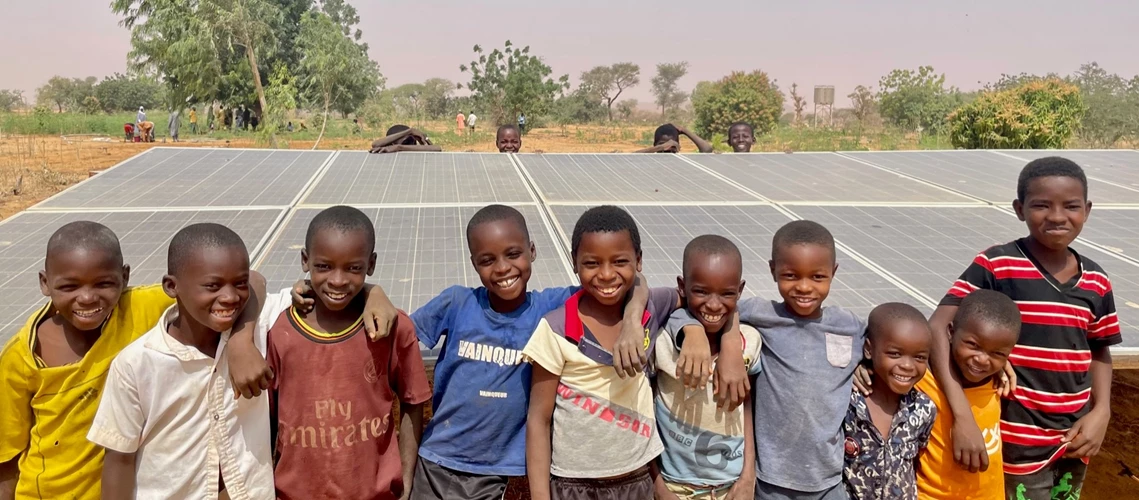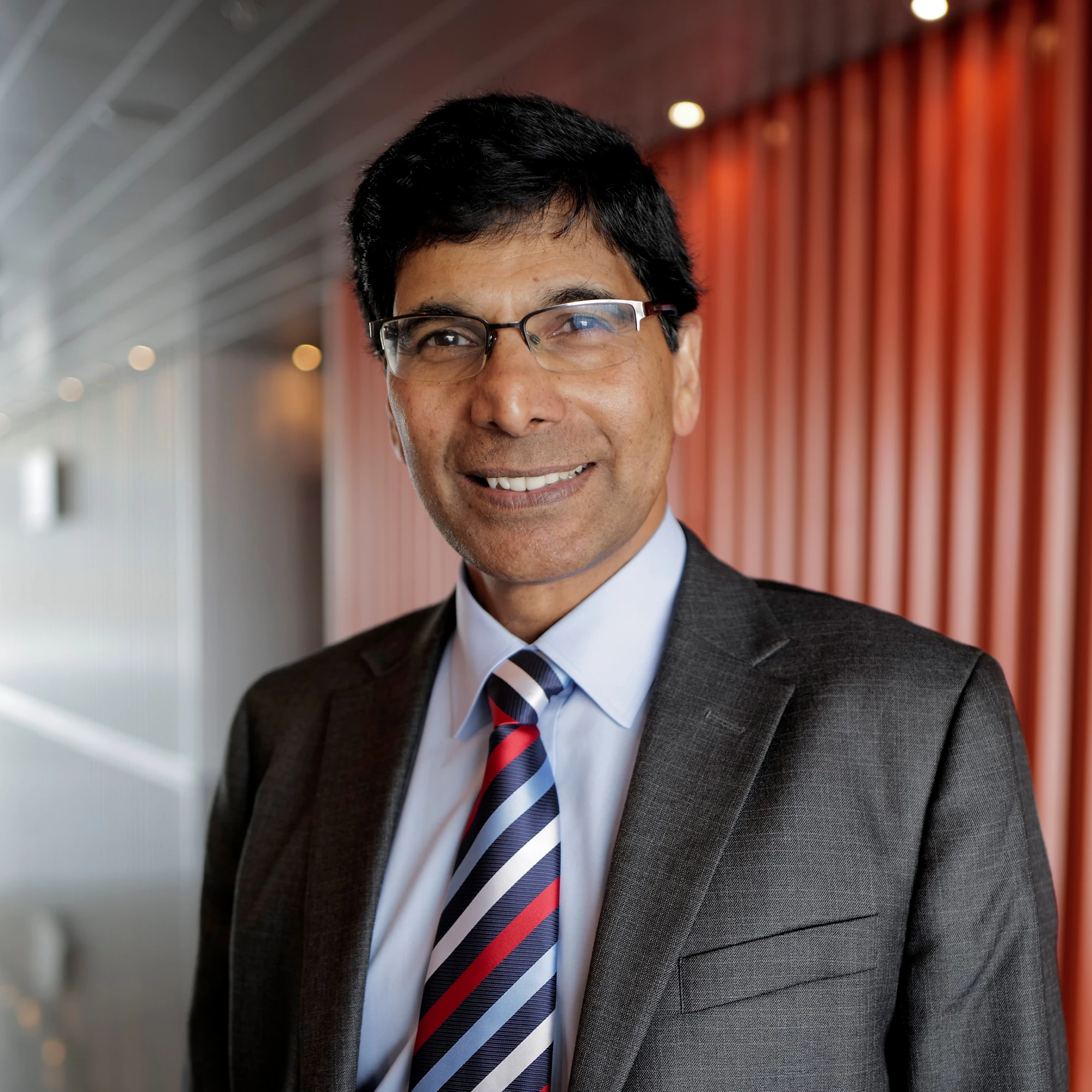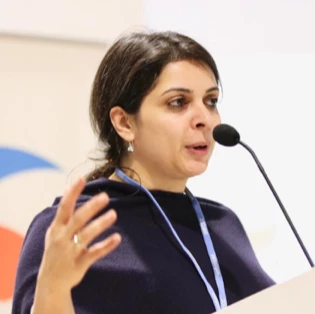 Solar panels in Niger. Photo: Meriem Gray/World Bank
Solar panels in Niger. Photo: Meriem Gray/World Bank
Finance is a key driver for climate action. It can range from investments in clean energy to power schools, hospitals, and businesses; low-carbon transport that helps people move, breathe, and be productive; robust land and agricultural systems that can nourish and sustain billions; to resilient infrastructure and adaptive social protection that can help communities when climate impacts strike.
But climate finance today is severely limited and will never come close to fully covering the green financing gap which is estimated to range between approximately US $1 trillion to $2.4 trillion for emerging markets and developing economies (other than China). While more climate finance is certainly essential, it is also possible – and, indeed, an imperative – to do better with what is available, by spending smarter.
While more climate finance is certainly essential, it is also possible – and, indeed, an imperative – to do better with what is available, by spending smarter.
That’s why sound policies matter. Like solid foundations, policies can play an equally crucial role in addressing climate change, effectively the building blocks that support a comprehensive climate finance architecture that can better enable the flow of financial resources – limited as they are – to help build a livable planet. Moreover, they can also bring other benefits as well, including strengthening the conditions that can attract strong private sector participation. Climate-related policy interventions by the government at the macro-economic or sectoral level could help incentivize the private sector to, for instance, more meaningfully account for climate risk or account for carbon pricing mechanisms, which could have significantly positive implications for taking investment decisions in a low-carbon, resilient direction. And effective climate policies can also unlock spending for RD&D in green technologies as well as catalyze a range of innovative instruments and solutions. For example, the right regulatory frameworks, along with greater transparency and institutional strengthening could help unleash the potential of carbon markets.
There is no one size fits all on climate policy: each country and specific context will play a significant role in making sure that priority needs are met, the right resources acquired, and implications well understood. But three core “building block” principles can underpin these efforts and strengthen the complementary climate policy/climate finance nexus:
First, set clear priorities both for immediate and longer-term needs. Decision-makers inevitably face a wide-range of competing investment demands to grow economies, meet development needs and address climate change. So how to choose which climate investments give you more bang for your buck? Rigorous analysis, such as the World Bank’s Country Climate and Development Reports, can help countries assess their climate plans –nationally determined contributions and long-term strategies (NDCs and LTSs respectively) – alongside development priorities and help identify urgent investment priorities that can help achieve both together. Crucially, this kind of informed analysis can also help policymakers address trade-offs and identify sources of finance – for instance, sectors where private finance may be relatively easier to access versus others, such as adaptation, which tend to place a bigger burden on the public purse. Setting a clear policy direction is also an essential building block to unlock greater investments in RD&D as well as innovative instruments and approaches.
Second, invest in capacity, institutions, and governance. A key requirement is stronger public investment management systems. This entails investing in upstream efforts to build government capacity – for instance, even just to include better climate risk and resilience metrics in the economic analysis of public investments – as well as in stronger monitoring, reporting and verification of results. Improved coordination across and between agencies and ministries can also help prevent unintended consequences of policies so, for instance, policies to boost adaptation in agriculture, don’t negatively impact water management and so on. Stronger institutional capacity can help countries both overcome key challenges, such as long implementation delays and manage unavoidable trade-offs since these can be accounted for ahead of time. And they can also provide lessons for other countries seeking to implement similar initiatives, better monitor success or failure, and manage distributional impacts on vulnerable populations. Needless to say, greater capacity, stronger institutions and better governance are worthwhile for all countries and for all development priorities, even those less obviously linked to climate action.
Third, align incentives for good outcomes. In just the last 30 years, over 4,500 climate policies have been introduced around the world, across sectors. This provides a wealth of evidence about what works and what doesn’t, shedding much insight on how policymakers can use economy-wide approaches to align incentives that can help countries achieve climate objectives. A full suite of measures – ranging from domestic pricing, taxes, regulations, and targeted use of budget subsidies – for instance, is helping transform energy systems in countries. Taken together, they can boost energy efficiency, ramp up investments in renewables, incentivize firms and households to switch over to cleaner options, and redirect resources to the poorest communities who may be most vulnerable to price changes, thereby also managing the distributional impacts of these kinds of policy changes.
These three broad elements – sound analysis that connects short and long-term goals, strengthening institutions and building capacity, as well as aligning incentives – are fundamental building blocks for a new climate economy.
These three broad elements – sound analysis that connects short and long-term goals, strengthening institutions and building capacity, as well as aligning incentives – are fundamental building blocks for a new climate economy. When tailored to a country’s priorities, needs and context – such as, for instance, through the Bank’s country-driven model – they can be game-changing, ensuring both that available resources flow effectively and to attracting greater volumes of additional resources, especially from the private sector. In a world of tightening resources and a worsening climate crisis, sound policies are more than just nice to have, they are fundamental to spending smarter.



Join the Conversation